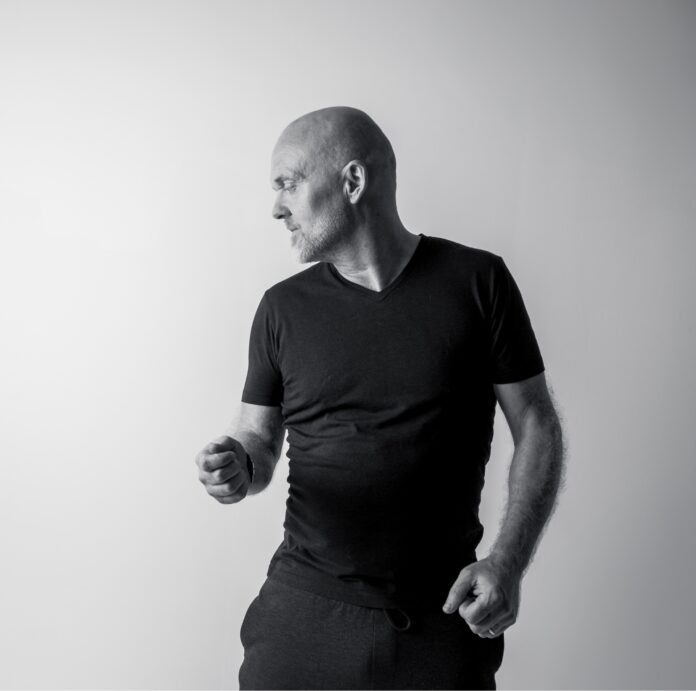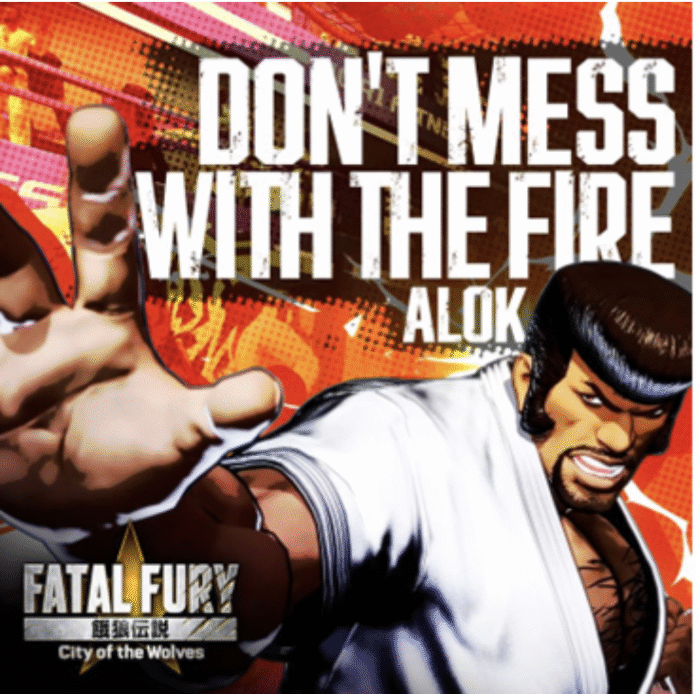Godzilla is no stranger to the small screen, having appeared in several different TV shows over the years. And when he does, he is usually in the starring role. But Zone Fighter changed this by having Godzilla as a secondary character.
Zone Fighter came at a strange point in Toho's history. The 1970s had dramatically changed the landscape for kaiju movies. The debut of shows like 1966's Ultra Q and Ultraman meant that kaiju were now on TV every week. This was also the start of the Henshin Hero boom, which led to the birth of shows like Kamen Rider and Android Kikaider. This, coupled with the oil crisis and economic downturn, meant that Japanese families were venturing to the cinema less and staying in to watch TV instead, leading to Toho's films making less money at the box office.
Because of this, Toho decided that it needed to venture into the TV hero market. It tested the waters with Rainbowman and Go! Godman in 1972 before starting work on a new project. This project was headed up by several people who had made many of Toho's cinema offerings. This included Ishiro Honda, the director of the first Godzilla film, and Godzilla vs. Gigan director Jun Fukuda.
After going through several names and concept changes, they settled on Zone Fighter and production began. The series hit screens in 1973 and followed the Zone family. While the Zone family look like regular people, they are actually aliens from a planet called Peaceland. Peaceland was a lovely place until it was invaded and destroyed by an evil race of aliens called the Garoga. However, when the Garogan army sets its sights on Earth, the Zone family is forced to fight to protect Earth from certain destruction.
Hikaru Sakimori is the eldest son and the main character. When monsters attack, Hikaru transforms into Zone Fighter. While in his Zone Fighter form, he can use various vehicles and gadgets to defeat any evil monsters that get in his way and also become a giant for a limited time.
The set-up is typical Henshin Hero fare, but in the fourth episode, Zone Fighter breaks new ground. Called "Invasion! Garoga’s Grand Army: Godzilla Appears," this episode features the debut of Godzilla. During a fight against the monsters Spyler and Wargilgar, it seems that the Zone family is doomed. In a last-gasp move, the daughter sends a robot to get help and, of all things, it finds and brings Godzilla to the fight. Godzilla, the so-called "monster of justice," helps turn the tide and allows the Zone family to destroy the monsters.
Godzilla then befriends the Zone family and fights alongside them in several episodes and also helps to train Zone Fighter. However, in response, the Gargoan army would take control of Godzilla's former foes King Ghidorah and Gigan, and try to use them against the Zone family. And this isn't just Toho reusing their monster suits. These characters are actually the ones from the Showa-era Godzilla films. Supplementary material released by Toho confirmed that Zone Fighter takes place between Godzilla vs. Megalon and Godzilla vs. Mechagodzilla. So, if you've ever wondered why Gigan didn't return after escaping Jet Jaguar at the end of Godzilla vs. Megalon, it's because he was killed by Zone Fighter in episode 11.
However, despite Godzilla and his buddies, Zone Fighter was plagued by low ratings, and after episode 26, NTV opted to not buy any more episodes. This meant that the show was canceled without the plot being resolved. These days, Zone Fighter is mostly forgotten. Those who do remember it remember it for the inclusion of Godzilla, rather than for its actual story or characters. However, with series like Godzilla: Singular Point bringing back many of the franchise's most obscure characters, maybe we'll eventually see the Zone family team up with Godzilla once again.
About The Author

